10 Red Flags to Look for When Shopping for a Used Car
Don't ignore signs of neglect; you might end up with a hefty bill.
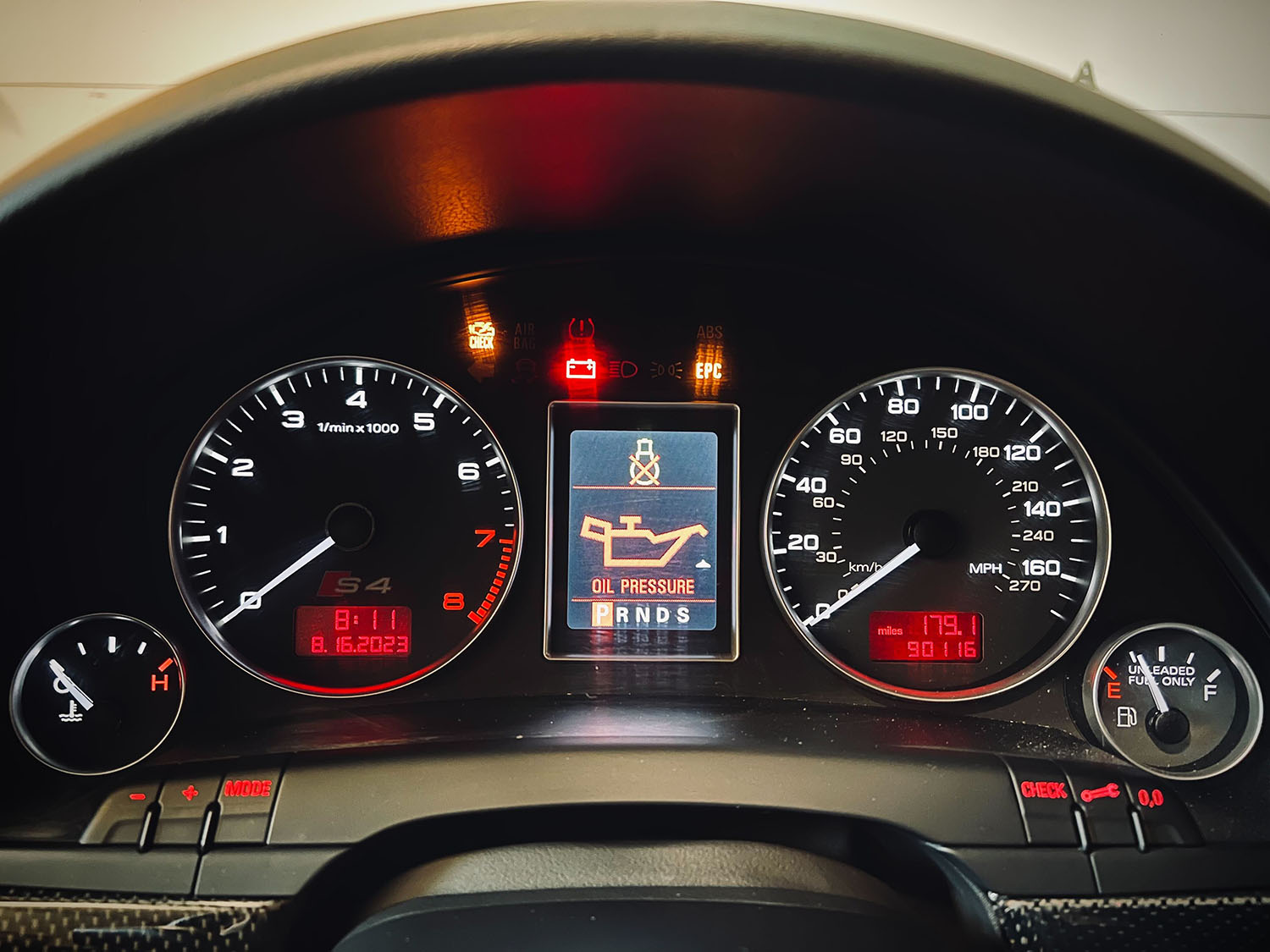 Manuel Carrillo III
Manuel Carrillo III
It's generally a wise choice to opt for a pre-purchase inspection on any used car you're thinking of buying, but sometimes you can eliminate a vehicle candidate by simply giving it a good look yourself. If you spot any of the following warning signs, it's not an automatic deal breaker, but it should trigger some questions on your part.
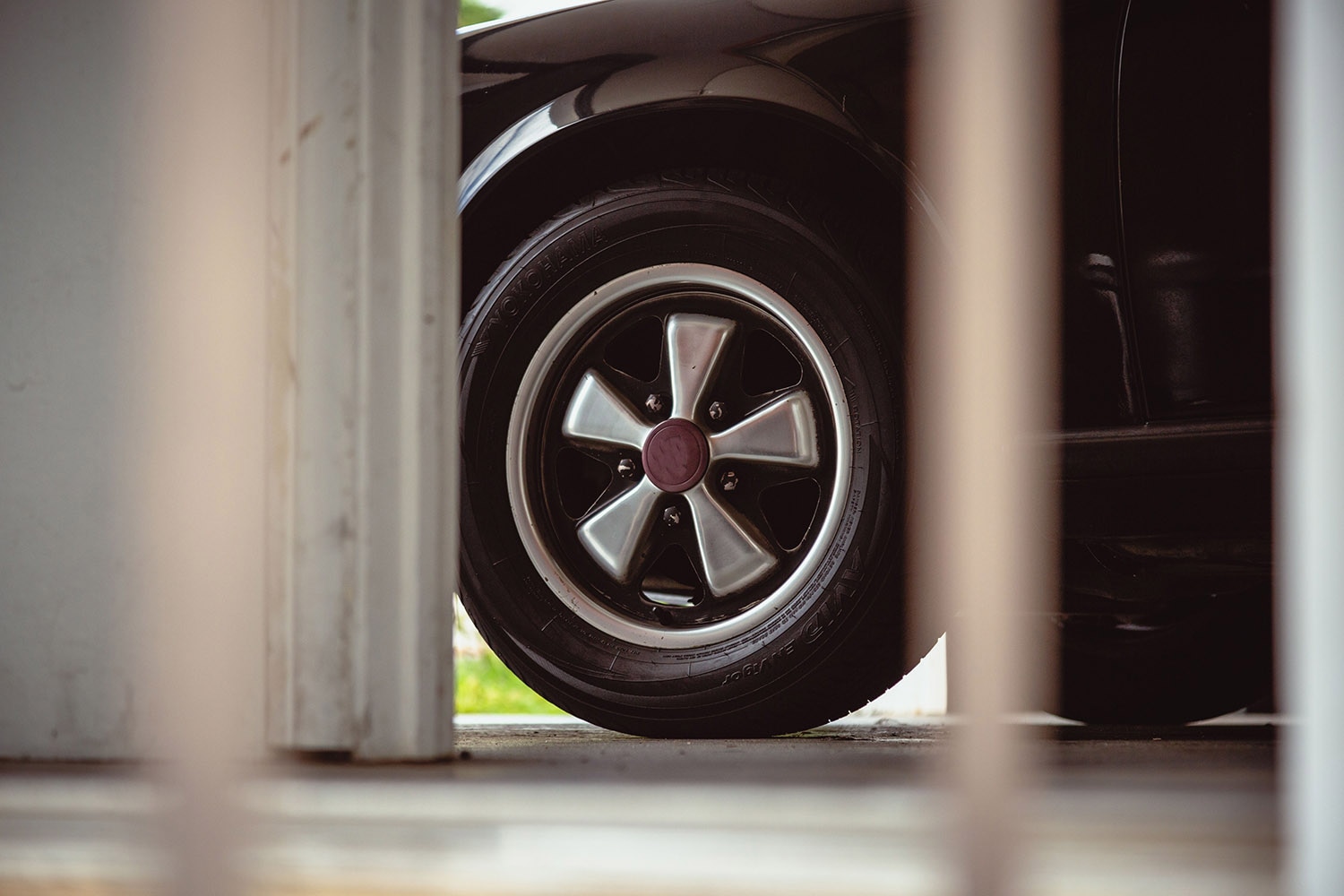 Manuel Carrillo III
Manuel Carrillo III
1. Mismatched Tires
Before you even open a vehicle door, look down at the tires. They should all be the same make and model. If one differs from the others, it could indicate that the car suffered a flat or other damage. Even so, the owner should have replaced the damaged tire — and likely its axle mate — with one that matched what was already on the car.
While replacing tires in pairs (meaning both fronts or both rears) is acceptable for two-wheel-drive vehicles, it is inadvisable for all-wheel-drive models.
If the front tires are a different make or model from the rears, confirm that all four have similar speed and weight ratings and that they are the same size (though some performance-oriented cars have staggered tire sizes). It's also worth confirming that the car doesn't mix run-flat and standard tires, as this could result in dangerous handling. When in doubt, contact a tire shop for advice about the car's specific tires.
2. Uneven Tire Wear
Not only should all four tires be from the same manufacturer, they should also have about the same amount of tread remaining. If that's not the case, it may point to a misalignment of the vehicle's suspension or steering components.
Uneven tire wear is especially important when it comes to vehicles with all- or four-wheel drive, as the wheels are mechanically linked and, thus, need to rotate at the same speed most of the time. Differentials, which are automotive systems that allow wheels to turn at different speeds, can make up for momentary differences in speed — such as when the vehicle is turning or trying to find traction — but these parts weren't designed to be in constant use, trying to compensate for the mismatched rotation of unevenly worn tires.
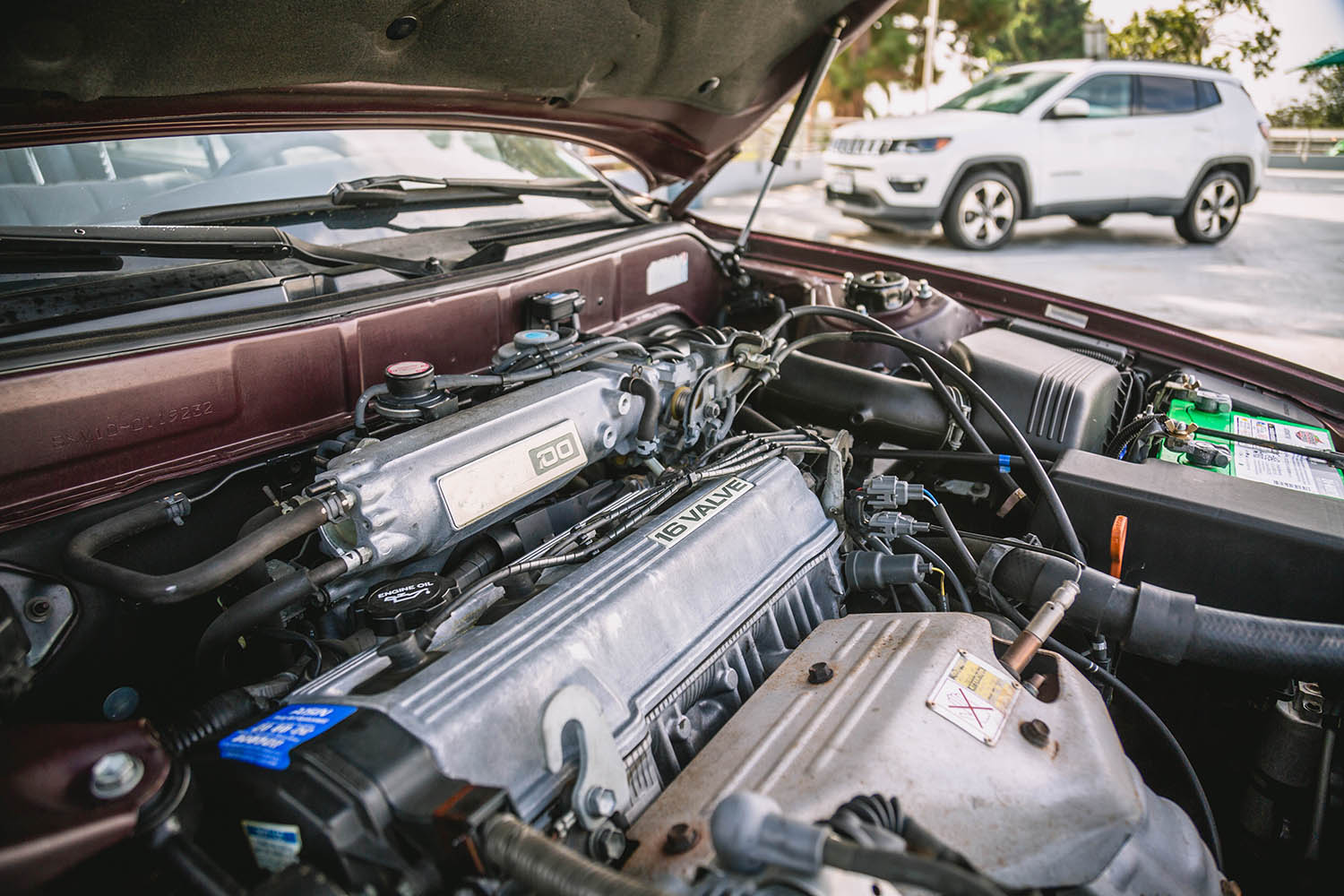 Manuel Carrillo III
Manuel Carrillo III
3. Dents, Scrapes, and Stains
Curbed wheels, scratched bumpers, stained upholstery, and underhood debris don't necessarily mean that a car's mechanical bits have been neglected, but they're not a great sign. A disheveled car could very well point to an inattentive owner.
4. An Out-of-Date Oil-Change Sticker
Dealerships, quick-lube shops, and independent mechanics will often affix a sticker to the car's windshield to remind drivers when their next oil change is due. If the car you're inspecting has a sticker listing a date or mileage long passed, it's a good idea to ask for documentation that the car has received regular oil changes. Skipping them can lead to a multitude of problems. A service record or vehicle-history report will likely have the information you need.
5. Obvious Leaks
Crouch down to check out the underside of the car. Aside from water dripping from the vehicle's air-conditioning system, you don't want to see any puddles or evidence of fluid leaks. Any damp surface visible on the underside of the car should prompt further investigation by a mechanic.
 Manuel Carrillo III
Manuel Carrillo III
6. Condition of the Car's Fluids
You don't have to be a mechanic to give the car's fluids a cursory inspection. With the engine off, pop the hood and have a look. You may want to have some paper towels handy since some fluids are easier to observe on a light background.
First, check the engine oil by drawing the appropriate dipstick, if the vehicle has one. The oil should be no darker than medium brown and have only a faint burnt smell.
Next, look at the coolant in the overflow tank, but don't open the radiator cap unless the engine is cool. (It's very dangerous to attempt to open it when the engine is warm.) The liquid can be one of a few different colors, but it should never be dark or brown.
Brake fluid should be nearly clear with a hint of yellow, and power-steering fluid should be reddish pink. If either is brown, the car needs service. That's also the case for transmission fluid, which should be more red than brown.
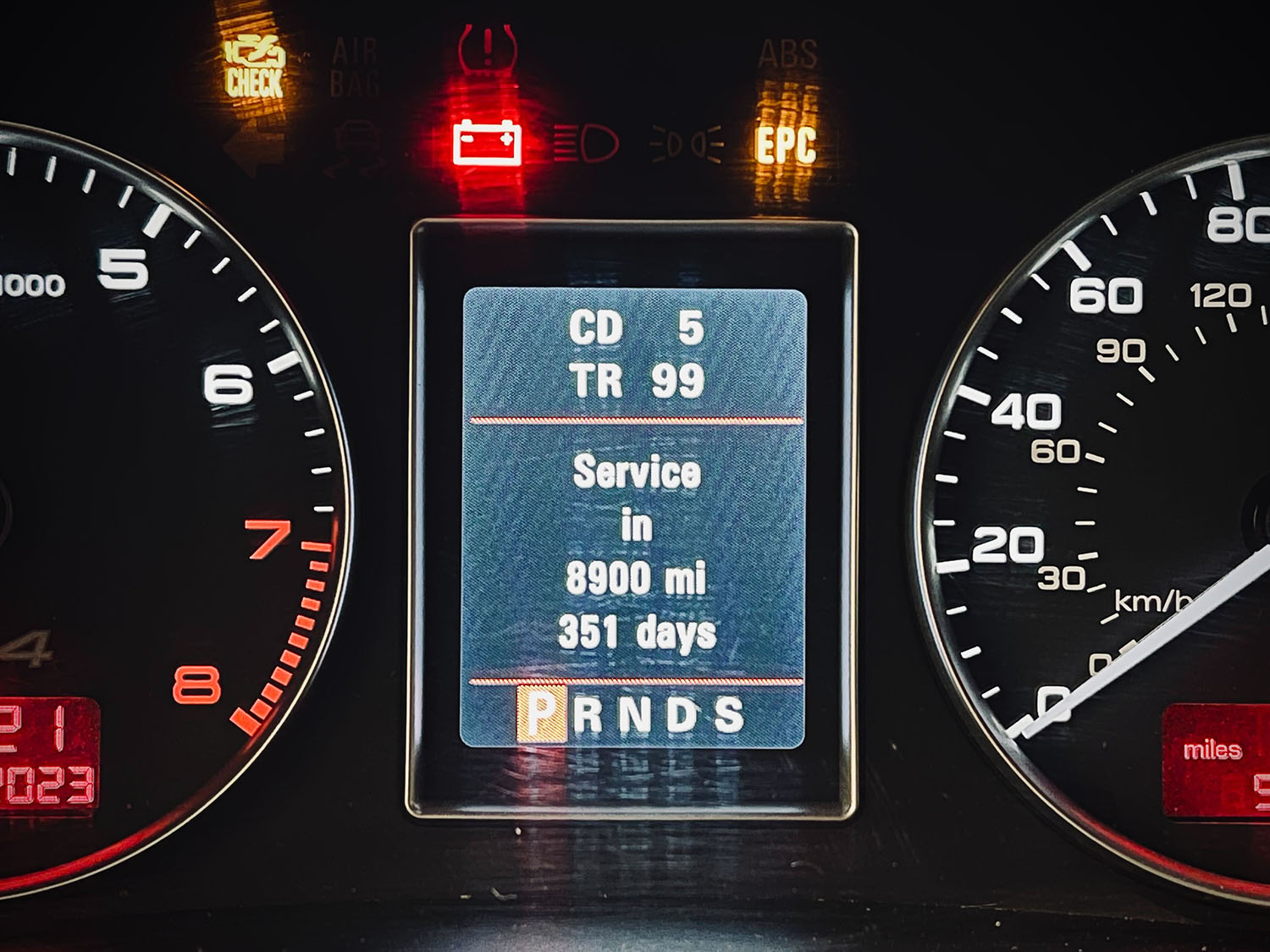 Manuel Carrillo III
Manuel Carrillo III
7. Instrument-Cluster Warning Lights or Messages
The car may tell you it's ready for service or repairs with warning lights or messages on the dash. If you see one when you start the car, ask about it. Many modern vehicles remind drivers about routine maintenance based on pre-set mileage or time intervals, and it's possible that the owner had it serviced but the shop failed to reset the alert. If the seller insists this is the case, it's probably a good idea to ask for a service report proving it.
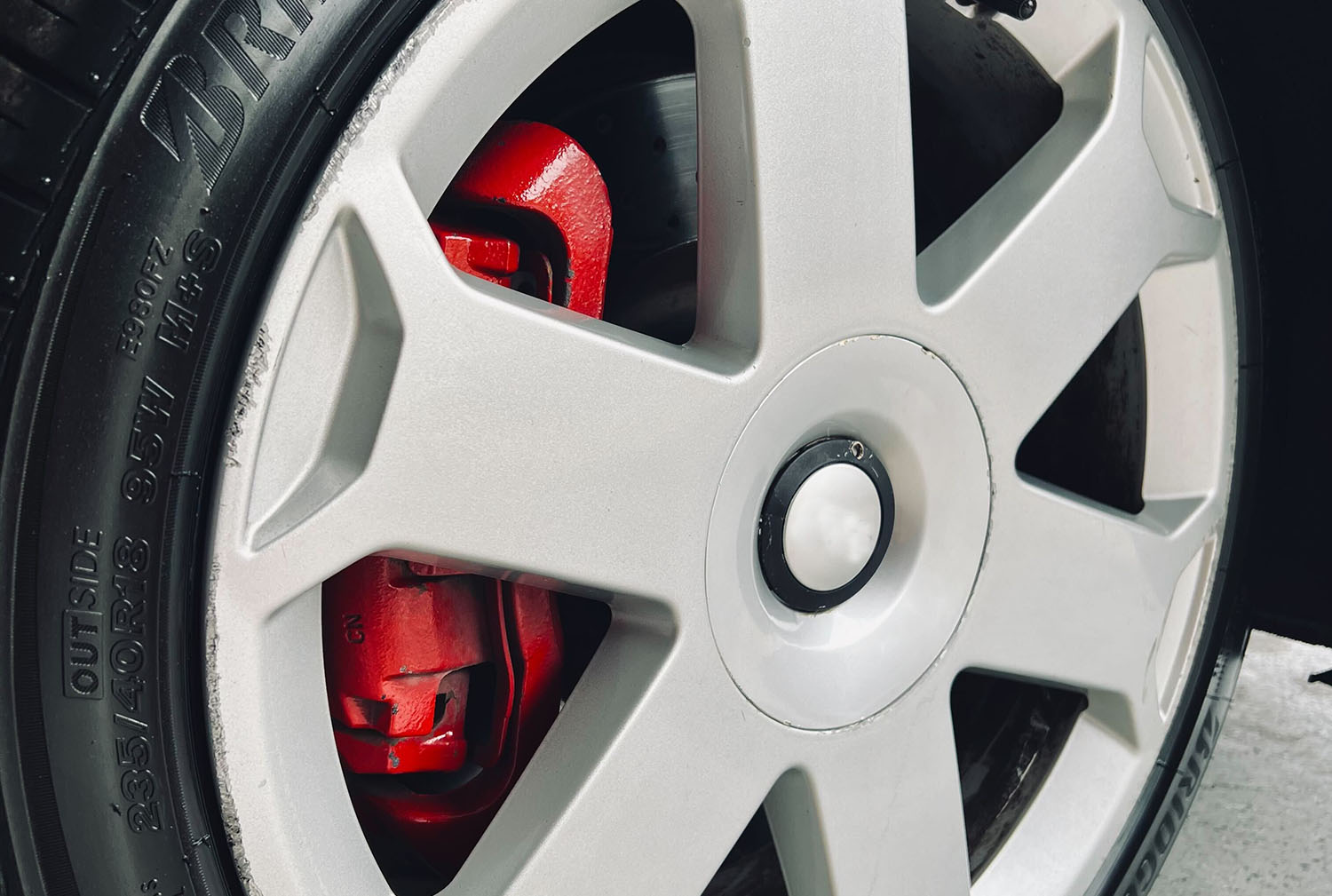 Manuel Carrillo III
Manuel Carrillo III
8. Worn Brakes
Before you drive the car, look through the spokes of the wheels at the brake rotors. These big metal discs develop an outside lip as they start to wear. Assuming the wheels and brakes are cool, you can reach through the wheel and run your fingers over the rotor to feel for it.
When you drive the car and conditions are safe, apply the brakes firmly. The car should slow to a stop quickly, with minimal pedal travel. If it pulls to one side or you feel vibrations through the steering wheel, the brakes likely need service.
9. Clunking and Clanging Over Bumps
You shouldn't hear any loud noises from the car when it hits a bump in the road. If you do, it may indicate that various suspension or steering components are worn out.
 Manuel Carrillo III
Manuel Carrillo III
10. Service-History Gaps on a Vehicle-History Report
Don't just skim the Carfax, AutoCheck, or CarVertical report. Consider taking a hard look. Even if it seems as though the car has made many visits to a mechanic or dealer, examine the dates closely. If the last noted service was five years ago, for example, you might want to ask the owner about the car's recent maintenance history. One thing to note: Not all repair shops report their services to Carfax and the like. A big stack of service records is hard to beat.
Written by humans.
Edited by humans.
 Andrew Ganz
Andrew GanzAndrew Ganz has had cars in his blood ever since he gnawed the paint off of a diecast model as a toddler. After growing up in Dallas, Texas, he earned a journalism degree, worked in public relations for two manufacturers, and served as an editor for a luxury-lifestyle print publication and several well-known automotive websites. In his free time, Andrew loves exploring the Rocky Mountains' best back roads—when he’s not browsing ads for his next car purchase.
Related articles
View more related articles